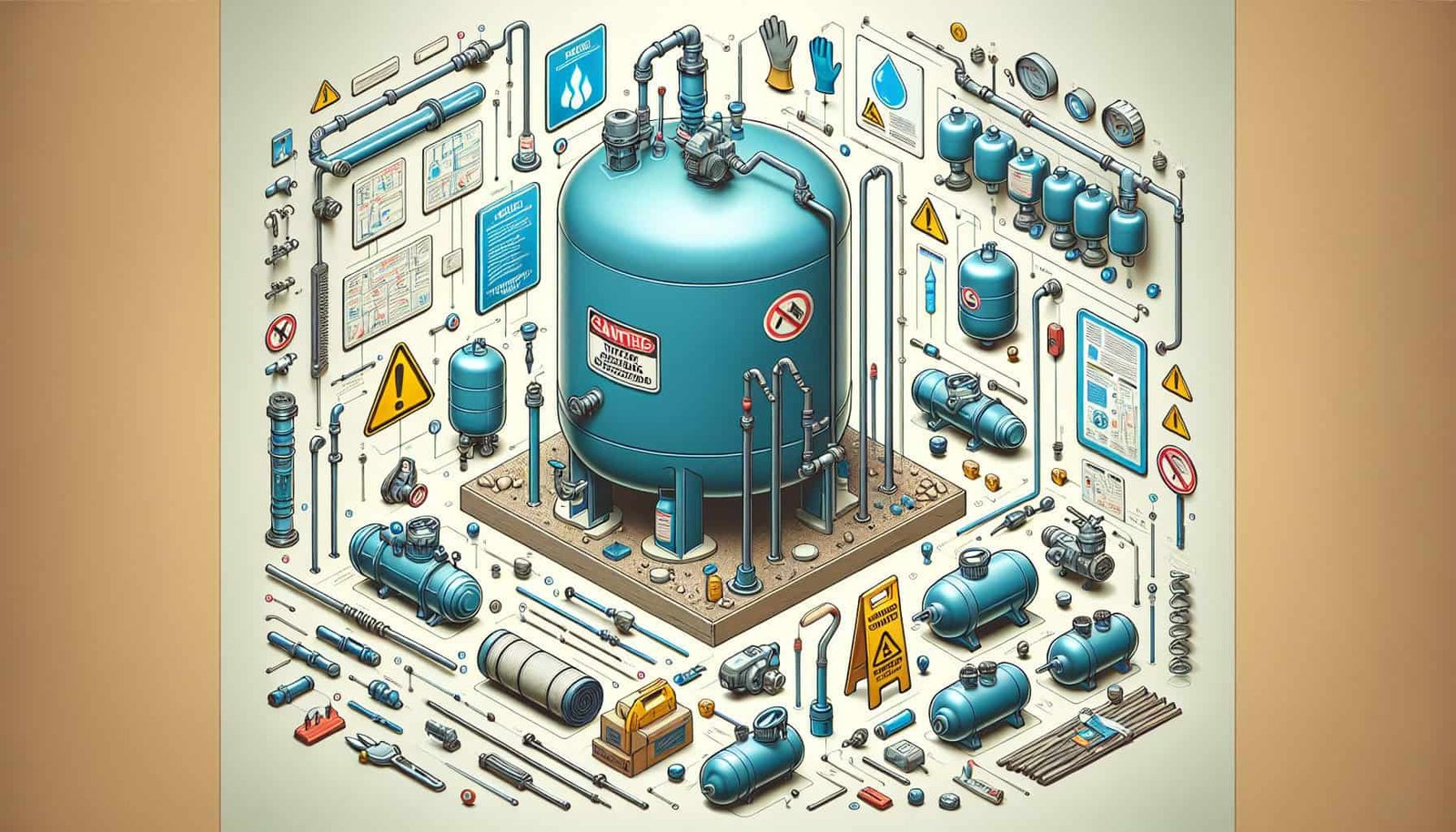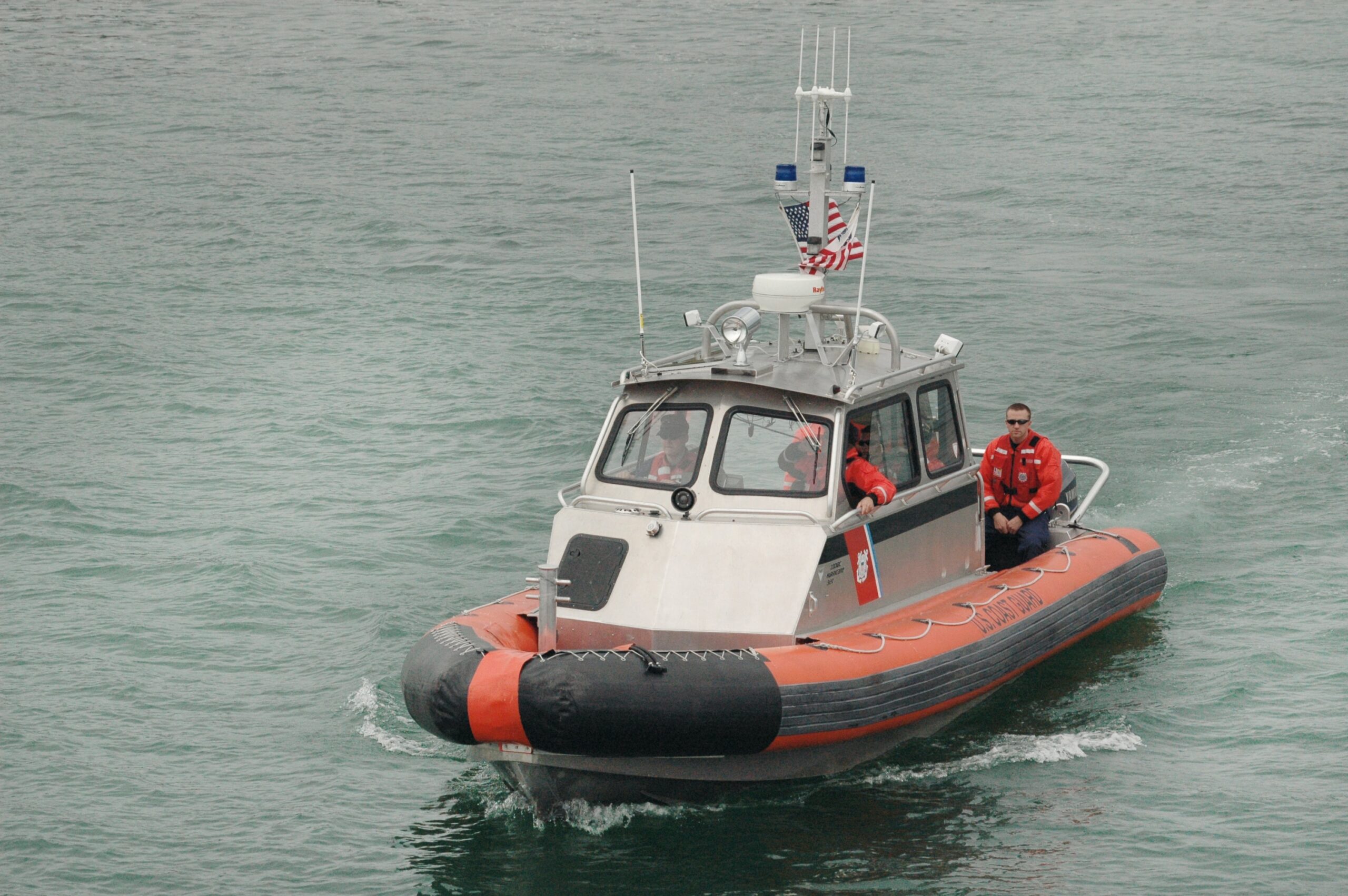Are you concerned about the potential safety issues that may arise when installing a pressure tank for your well water system? Well, you’re in the right place! In this article, we will explore practical ways on how to safeguard your well against any potential safety hazards that may occur during the installation process. By following these tips and guidelines, you can ensure a secure and efficient installation, giving you peace of mind and the confidence to enjoy clean and reliable well water.
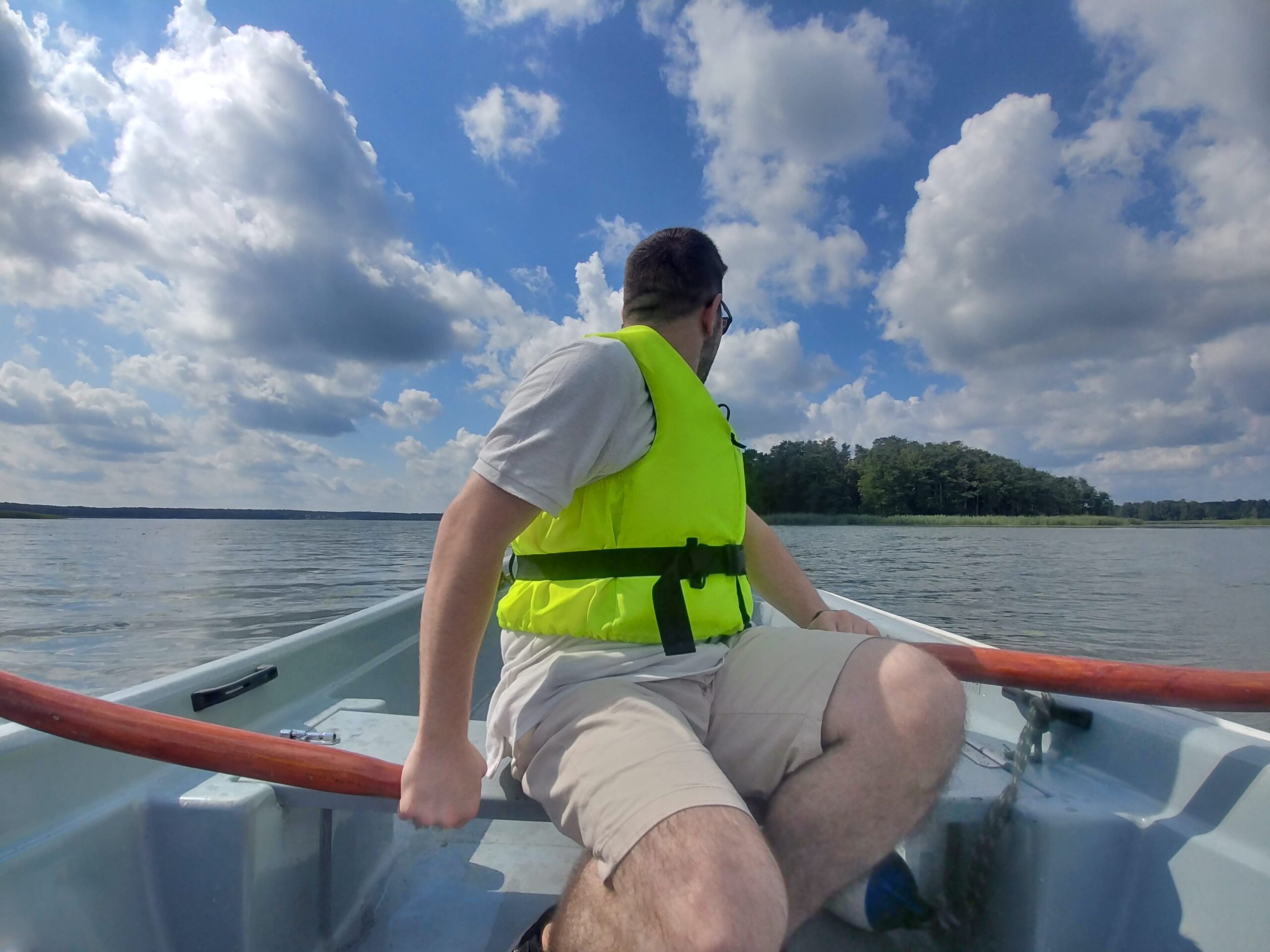
Choosing the Right Well Water Pressure Tank
Consider the size and capacity
When choosing a well water pressure tank, it’s important to consider the size and capacity that will best suit your household’s needs. The size of the tank will determine how much water it can hold, while the capacity refers to how much pressure the tank can provide. You’ll want to ensure that the tank is large enough to meet your household’s demands and that it has the capacity to maintain a consistent water pressure.
Look for quality and durability
Investing in a high-quality and durable well water pressure tank is crucial for ensuring its long-term performance and reliability. Look for tanks that are made of corrosion-resistant materials, such as stainless steel or composite, to prevent rusting and deterioration over time. Durability is especially important if the tank will be exposed to harsh weather conditions or other potential sources of damage.
Check for safety certifications
Another crucial aspect to consider when choosing a well water pressure tank is whether it has the necessary safety certifications. Look for tanks that are certified by organizations such as NSF International or the Water Quality Association, as these certifications indicate that the tank meets certain safety and performance standards. Additionally, tanks that are certified for use with potable water ensure that the water stored in the tank will be safe for consumption.
Ensuring Proper Installation
Hire a licensed professional
To ensure the proper installation of your well water pressure tank, it’s highly recommended to hire a licensed professional. Installing a pressure tank involves working with pressurized water systems and electrical connections, which can be complex and potentially dangerous if not done correctly. A licensed professional will have the necessary knowledge and expertise to install the tank safely and in compliance with local codes and regulations.
Follow the manufacturer’s instructions
When it comes to installing a well water pressure tank, it’s essential to follow the manufacturer’s instructions carefully. These instructions will provide detailed guidance on how to correctly install and connect the tank, as well as any additional components, such as pressure relief valves or gauges. Deviating from the instructions could result in improper installation, which may compromise the performance and safety of the tank.
Ensure proper placement and support
Proper placement and support of the pressure tank are crucial for its stability and performance. Ensure that the tank is placed on a level surface and supported by a sturdy base. It’s also important to keep the tank away from potential hazards, such as sources of heat or extreme weather conditions. Adequate spacing around the tank is necessary for easy access during maintenance and inspection.
Maintaining the Pressure Tank
Regularly inspect for leaks or damage
Regular inspections of your well water pressure tank are necessary to identify any leaks or damage that may occur over time. Inspect the tank and its fittings for signs of water leakage or corrosion. Additionally, check for any physical damage, such as dents or cracks, that may compromise the tank’s structural integrity. Promptly addressing any leaks or damage will help prevent larger issues from arising.
Check and maintain proper pressure levels
Monitoring and maintaining proper pressure levels in your well water pressure tank is essential for its optimal performance. Use a pressure gauge to regularly check the pressure inside the tank and ensure that it falls within the recommended range. Adjust the pressure settings if necessary, following the manufacturer’s instructions. It’s also important to monitor the pressure switch and ensure it operates properly.
Flush the tank periodically
Flushing the well water pressure tank periodically helps remove any sediment or debris that may accumulate over time and affect its performance. The accumulation of sediment can lead to decreased water flow and pressure. Follow the manufacturer’s instructions on how to flush the tank properly. Typically, this involves draining a certain amount of water from the tank while ensuring that the pressure switch is turned off.
Addressing Safety Measures
Install a pressure relief valve
Installing a pressure relief valve on your well water pressure tank is a critical safety measure. This valve is designed to release excess pressure from the tank in the event of a malfunction or system failure, preventing potential explosions or damage. The pressure relief valve should be installed in accordance with the manufacturer’s instructions and regularly tested to ensure its proper functioning.
Use pressure gauges and switches
Pressure gauges and switches are essential components for monitoring and controlling the pressure in your well water pressure tank. A pressure gauge displays the current pressure inside the tank, allowing you to monitor any fluctuations or changes. A pressure switch, on the other hand, automatically controls the pump’s operation based on the desired pressure settings. Regularly check these components to ensure they are functioning correctly.
Implement protective features like a pressure switch cover
Implementing additional protective features, such as a pressure switch cover, can help safeguard your well water pressure tank from potential damage or tampering. A pressure switch cover provides a barrier against accidental contact with the switch and helps prevent any unauthorized adjustments. This can be particularly useful if your pressure tank is located in an area accessible to children or pets.
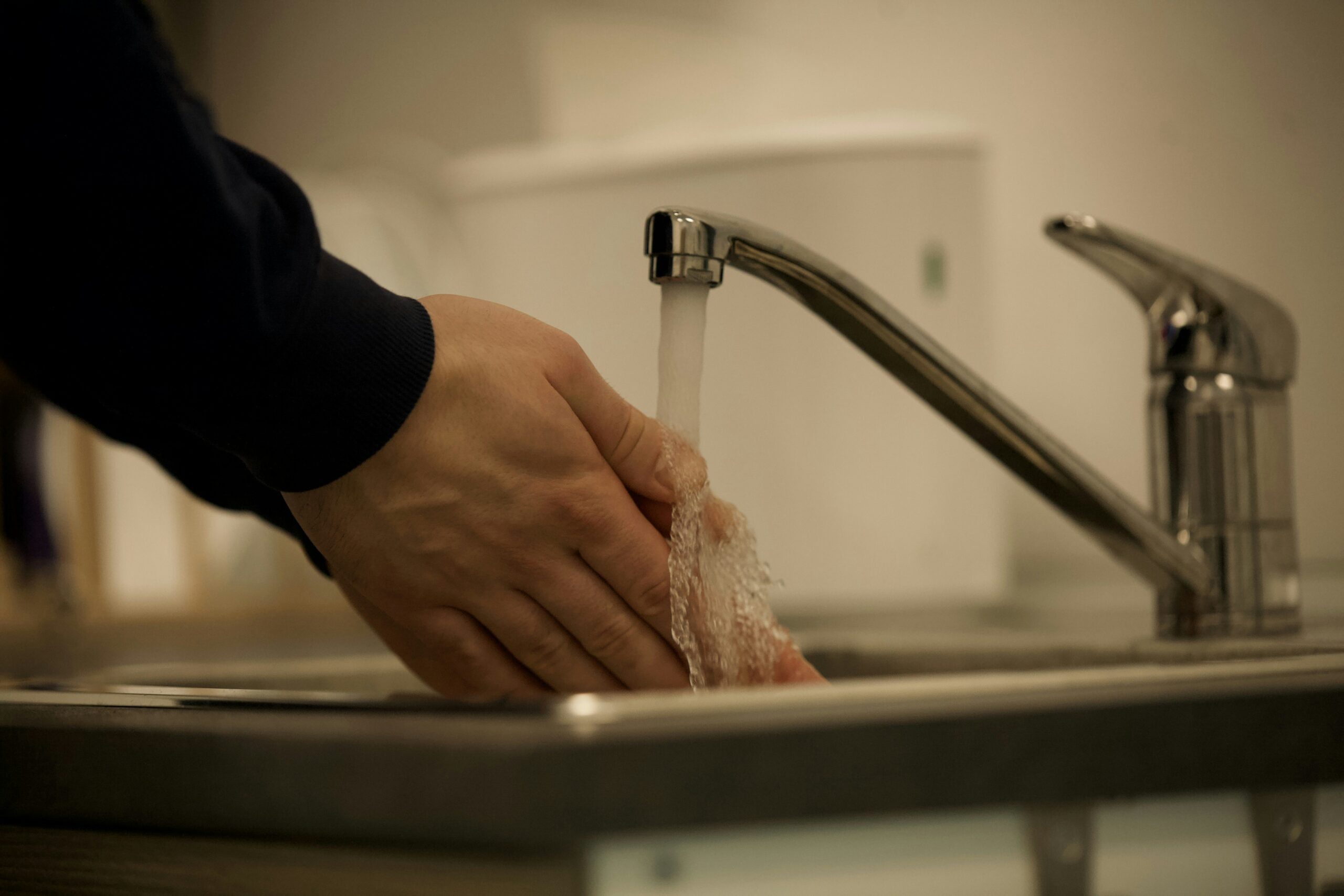
Monitoring Water Quality
Test well water regularly
Regular testing of your well water is essential for ensuring its quality and identifying any potential contaminants. Test for common contaminants such as bacteria, lead, nitrates, or other harmful substances that may be present in the water. Schedule regular water tests with a certified laboratory, and follow their recommendations for addressing any water quality issues that may arise.
Consider installing a filtration system
Installing a water filtration system can significantly improve the quality of your well water by removing impurities and contaminants. There are various types of filtration systems available, including sediment filters, carbon filters, and reverse osmosis systems. Consider the specific contaminants present in your well water and choose a filtration system that adequately targets those impurities.
Address any water contamination issues promptly
If your well water tests reveal any contamination issues, it’s crucial to address them promptly to safeguard your health and the well-being of your household. Depending on the type and severity of the contamination, you may need to implement specific treatment measures, such as chlorination or UV disinfection. Consult with a professional water treatment specialist to determine the most effective solutions for your specific situation.
Preventing Freezing and Condensation
Insulate the pressure tank and pipes
To prevent freezing and condensation issues, it’s important to properly insulate your well water pressure tank and pipes. Insulation helps maintain consistent temperatures and prevents freezing during colder months. Install foam insulation sleeves around the tank and the exposed sections of the pipes, paying close attention to areas susceptible to freezing. Additionally, insulate any outdoor components, such as the wellhead or above-ground pipes.
Ensure proper ventilation and drainage
Proper ventilation and drainage are crucial for preventing condensation and excess moisture buildup around your well water pressure tank. Ensure that the tank area is well-ventilated to allow for airflow and prevent trapped moisture. Adequate drainage is also important to redirect any excess water away from the tank and its surrounding area. Regularly check for any signs of moisture accumulation and address any drainage issues promptly.
Keep the tank area well-heated
Maintaining a consistent temperature in the area where your well water pressure tank is located is essential for preventing freezing and condensation problems. Ensure that the area is well-heated, especially during colder months, to keep the tank and pipes above freezing temperatures. Use insulated heating devices, such as heat tape or pipe insulation, to provide additional warmth to vulnerable areas.
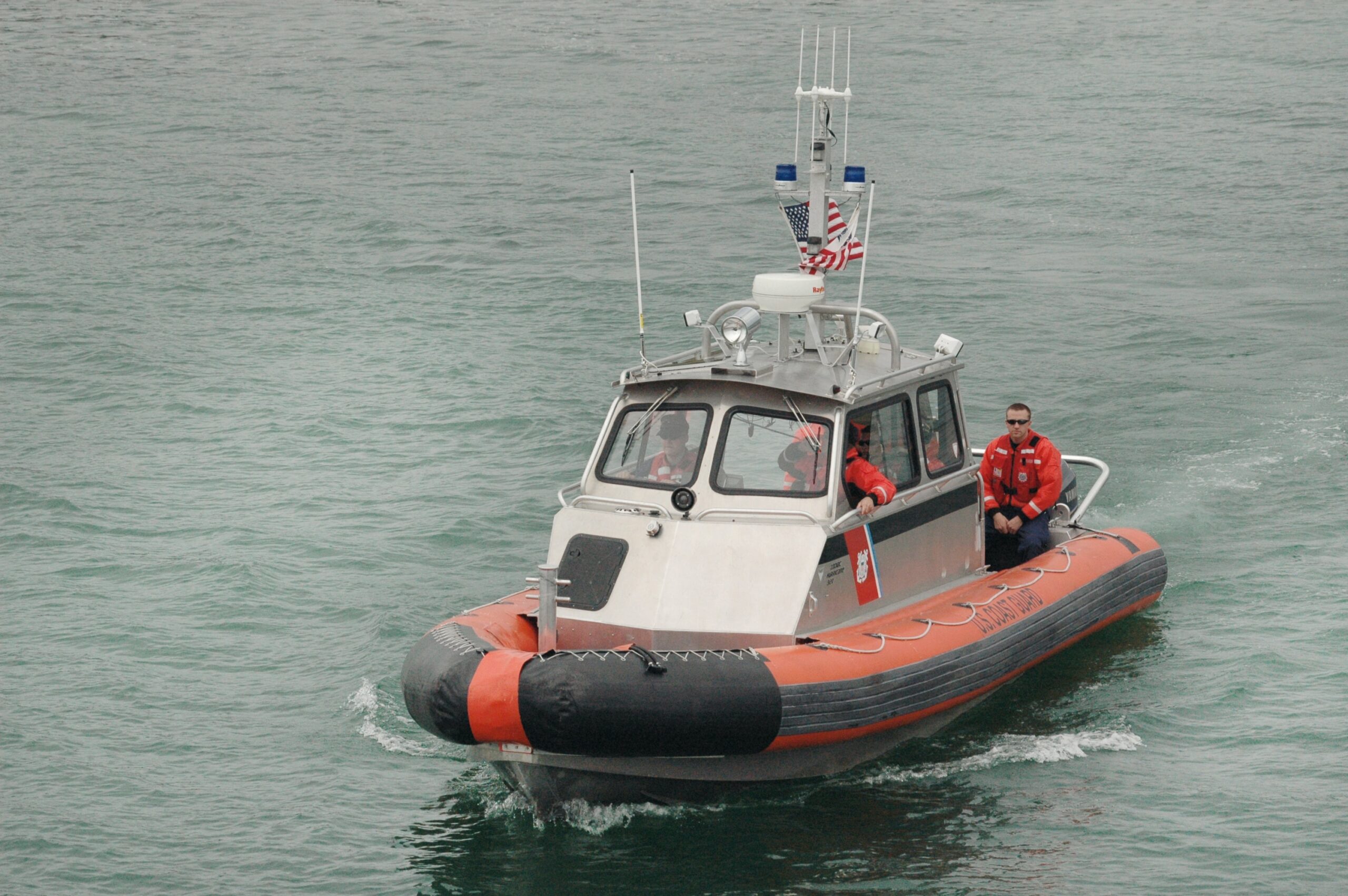
Checking for Regulatory Compliance
Be aware of local codes and regulations
Before installing or making any modifications to your well water pressure tank system, it’s crucial to be aware of the local codes and regulations related to water well systems. Regulations can vary by location, and it’s important to ensure that your system meets all the necessary requirements to ensure its safety and compliance.
Obtain the necessary permits
In many areas, obtaining permits for well water pressure tank installation or modifications is required. These permits help ensure that the work is carried out by licensed professionals and in compliance with local codes. Contact your local authority or building department to determine the specific permits needed for your project. Failing to obtain the necessary permits can result in fines or other legal consequences.
Ensure compliance with health and safety standards
In addition to complying with local codes and regulations, it’s essential to ensure that your well water pressure tank system meets all necessary health and safety standards. This includes using approved materials, ensuring proper installation and maintenance, and addressing any potential health hazards. Stay informed about the latest industry standards and guidelines to ensure the safety and quality of your water system.
Identifying and Addressing Common Issues
Low water pressure
Low water pressure can indicate various issues with your well water pressure tank system. It could be caused by a clogged filter, a malfunctioning pressure switch, or a problem with the well pump. Troubleshoot the issue by checking and cleaning the filters, inspecting the pressure switch, and ensuring adequate water supply to the well pump. If the problem persists, consult with a professional to identify and address the underlying cause.
Frequent cycling
Frequent cycling, where the pump turns on and off too frequently, can put unnecessary stress on your well water pressure tank system. This may be caused by an improperly sized pressure tank, a malfunctioning pressure switch, or a leak in the system. Consult with a professional to assess the system and determine the appropriate solutions, which may include adjusting the pressure settings or replacing faulty components.
Air or water hammering
Air or water hammering refers to the loud banging or thumping noises that occur when water flow is suddenly stopped or redirected. This can be caused by issues such as improperly sized pipes, high water pressure, or air trapped in the system. Addressing this issue may involve installing water hammer arrestors, adjusting the pressure settings, or modifying the plumbing system. Consult with a professional to determine the best course of action.
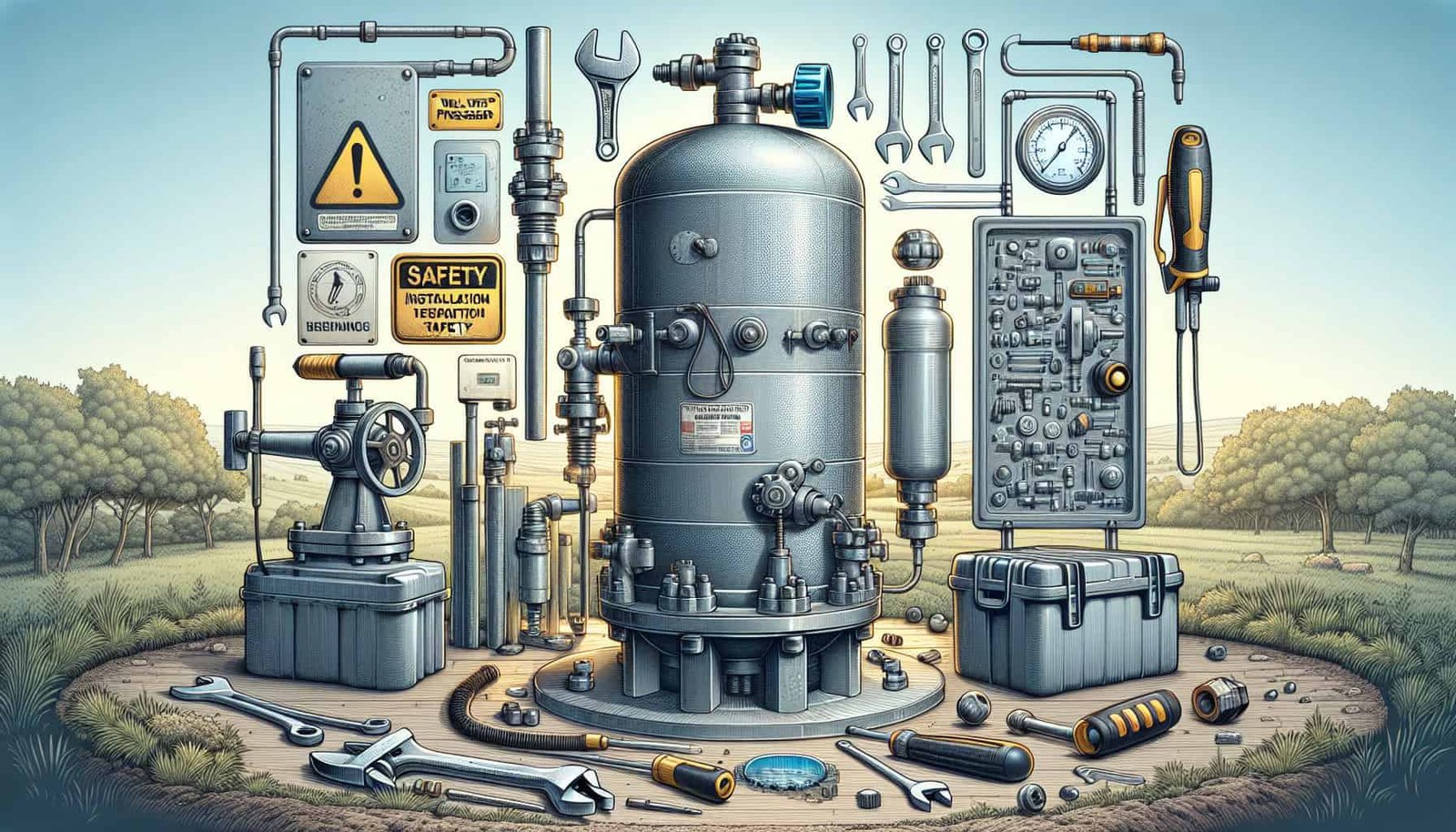
Emergency Preparedness
Have a backup power source
In the event of a power outage or pump failure, having a backup power source for your well water pressure tank system is essential. Consider investing in a backup generator or battery-powered pump to ensure that you have a continuous water supply during emergencies. Regularly test and maintain the backup power source to ensure its reliability when needed.
Create an emergency maintenance plan
Developing an emergency maintenance plan for your well water pressure tank system can help you respond effectively in case of unexpected issues or failures. Identify potential risks or vulnerabilities in your system, such as extreme weather conditions, and establish a step-by-step plan for addressing those situations. This plan should include contact information for professionals, shut-off valve locations, and steps to minimize damage.
Be familiar with troubleshooting techniques
Having some knowledge of troubleshooting techniques for your well water pressure tank system can be invaluable during emergency situations. Familiarize yourself with common issues and their potential causes, as well as basic troubleshooting steps. This can help you identify and potentially resolve minor issues on your own while awaiting professional assistance.
Regular Inspection and Maintenance
Keep a maintenance schedule
Maintaining a regular inspection and maintenance schedule for your well water pressure tank system is crucial for its long-term performance and longevity. Create a schedule to periodically inspect and service various components, such as the pressure tank, pump, filters, and valves. Regular maintenance ensures that your system operates efficiently, reduces the risk of major breakdowns, and extends the lifespan of the equipment.
Inspect components and connections for wear
During regular inspections, thoroughly examine all the components and connections of your well water pressure tank system for signs of wear, damage, or corrosion. Check for leaks, loose fittings, or any indicators of deterioration. Address any issues promptly to prevent further damage and maintain the system’s functionality.
Clean or replace filters as necessary
Filters play a crucial role in maintaining the quality of your well water. Depending on the type of filter, they may require regular cleaning or replacement to ensure optimal performance. Follow the manufacturer’s guidelines on cleaning and replacement intervals for the specific filters used in your system. Clean or replace the filters as necessary to prevent clogging and maintain the desired water quality.
By following these guidelines and taking the necessary precautions, you can safeguard your well water against safety issues associated with well water pressure tank installation. Remember to prioritize quality and durability when choosing a pressure tank, ensure proper installation and maintenance, and stay proactive in addressing any issues or concerns that may arise. With a well-maintained and properly functioning system, you can enjoy a reliable and safe water supply for your household.
